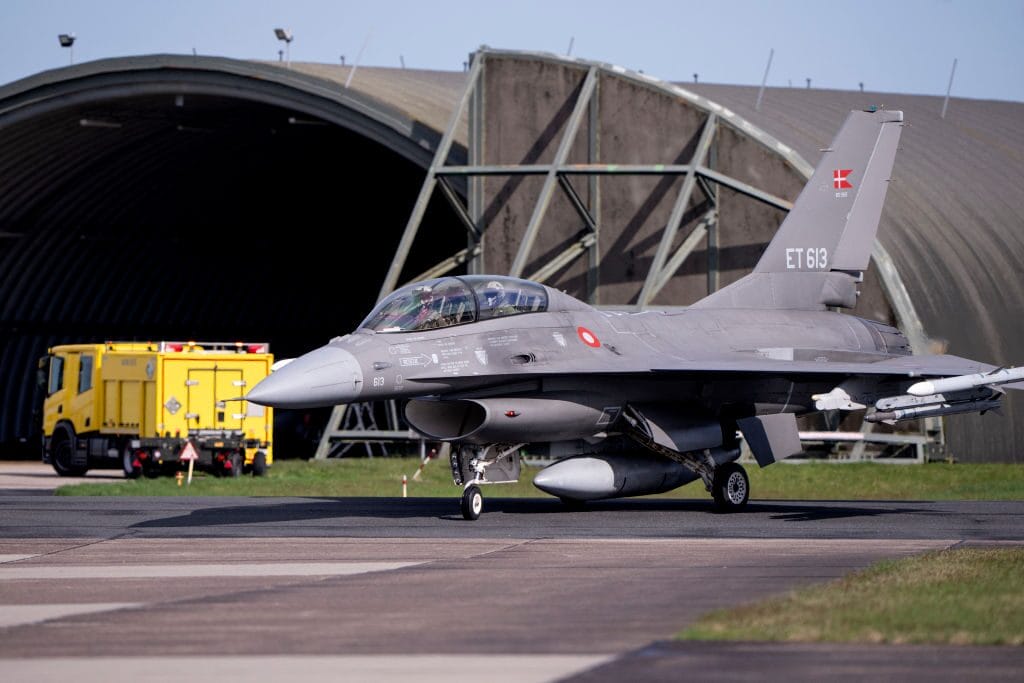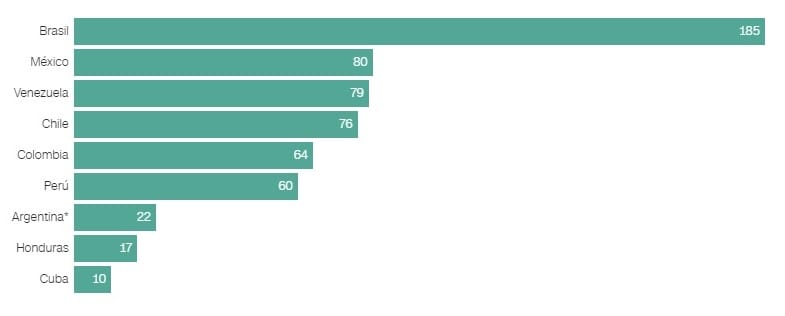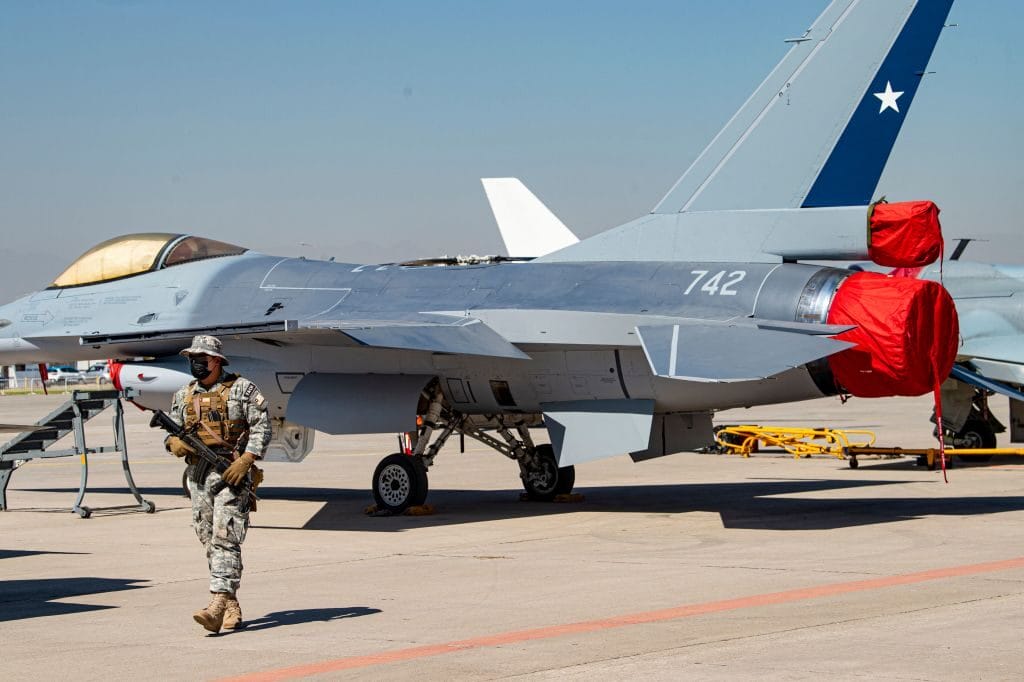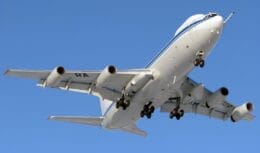
Discover how Brazil leads air power in Latin America with the advanced Gripen F-39 fighter jets. Visit for more details!
After long negotiations, the Argentine government signed in mid-April the purchase of 24 F-16 Fighting Falcon fighters from the Danish Air Force, the country's largest acquisition of military aircraft in decades and the most recent expansion of air power in the country. Latin America.
The planes will take time to join the Argentine Air Force, as there is no official delivery deadline, but when they do, they will represent a important change in its military capabilities: since 2015, when the old Mirage III fighters were retired, Argentina has no supersonic fighters in its arsenal and its aerial capabilities are seriously limited by defense spending that has remained low in recent decades.
Argentina will not be the first Latin American country to operate F-16 fighters, aircraft manufactured by the American Lockheed Martin that have been exported around the world: Chile and Venezuela also fly the model, as well as others in their respective fleets.
Brazil, Peru, Colombia, Cuba, Honduras and Mexico also operate supersonic fighters, that is, aircraft that can fly faster than the speed of sound (around 1.225 kilometers per hour), and with capabilities similar to the F-16.

This is a comparison of the air power of the main Latin American countries.
Air power in Latin America
Data on the different military fleets in the region comes from the 2024 military balance published by the International Institute for Strategic Studies (IISS), a London-based think tank.
How many operational planes do the air forces of Latin American countries have?

*In the case of Argentina, it is included in the list due to the recent purchase of F-16s, but these are not represented in the number as they have not yet been incorporated.
Source: 2024 military balance published by the International Institute for Strategic Studies (IISS) Graphic: Jhasua Razo, CNN
Brazil
The largest country in Latin America has 185 combat-capable aircraft, including 47 Northrop F-5 Tiger II supersonic fighters (also of American origin) and 24 AMX A-1 attack aircraft (a development between Italy and Brazil).
But the jewel of the Brazilian Air Force are the modern Swedish Saab Gripen fighters: there are six in the country, but dozens more are expected to arrive under an agreement signed in 2013, part of which will be manufactured in Brazil.

Argentina
The F-16s have not yet arrived in Argentina and it is unclear when they will, so the Argentine Air Force remains without supersonic capabilities and with an inventory of 22 combat-capable aircraft, including the Douglas A-4AR subsonic fighter-bombers ( of American origin) and the Pampa light attack and training aircraft, manufactured locally.
Chile
Chile is one of the main users of the F-16 fighter in Latin America: it has 46 in its AM, BM, C and D versions, both for fighter, bombing and ground attack.
But among the Chilean Air Force's 76 combat-capable aircraft there are also 12 F-5 Tiger III fighters, a development of the Tiger II.

Colombia
Colombia has 64 combat-capable aircraft, including 22 IAI Kfir supersonic fighters, manufactured in Israel based on the French Mirage 5 fighter.
Cuba
Cuba has a fleet of aircraft of Soviet and Russian origin – 10 of which are combat capable –, including the MiG-29 and MiG-21 supersonic fighters.
Honduras
Honduras is one of the few countries in Central America that operates supersonic aircraft: among its 17 combat-capable aircraft, it has 11 F-5 Tiger II fighters.
Mexico
The Mexican Air Force has 80 combat-capable aircraft, but only 5 are F-5 Tiger II supersonic fighters.
Like Argentina, Mexico is one of the countries that spends the least on Defense in the region, according to both SIPRI and World Bank data.
Peru
Among the 60 combat-capable aircraft of the Peruvian Air Force
These include supersonic aircraft of Soviet and Western origin, including 19 MiG-29s and 12 Mirage 2000s (from France).
Venezuela
The Venezuelan Air Force also operates a fleet of diverse origins. It is one of two current regional users of the F-16 (it has 18 in A and B versions), but it also flies 21 Sukhoi Su-30s of Russian origin, out of a total of 79 aircraft in combat capacity.
Is Defense spending growing?
The acquisition of aircraft by Argentina is not, however, an isolated event. In a world affected by increasingly large-scale armed conflicts, including the war in Ukraine and the conflict between Israel and Hamas, which has regional repercussions, but also the civil war in Syria and Sudan, among others, the Gun purchases are on the rise.
According to the Stockholm International Peace Research Institute (SIPRI), a Stockholm-based international think tank that monitors global arms purchases, global defense spending rose in 2023 to US$2,443 trillion, an increase of 6,8% compared to 2022. The percentage jump is the most high since 2009, and the total value is the highest recorded by SIPRI.

Meanwhile, global defense spending has been rising for nine years, according to same source.
Meanwhile, members of the North Atlantic Treaty Organization (NATO), which provide military aid to Ukraine, are expanding defense spending with the aim of meeting the alliance's 2% gross product requirement.
Talking about "cannons or butter“, the popular model used by economists to explain scarcity, compensation and balancing spending in a country, the world seems to be focused on buying more cannons at the expense of butter.
However, Defense spending in Latin America continues to be low. According to the World Bank, only Colombia exceeds the 2% threshold and dedicates 3,1% of its product to Defense. While Mexico, Venezuela and even Argentina, despite this purchase, are among those that spend the least on Defense, below 1%.
Source: CNN












